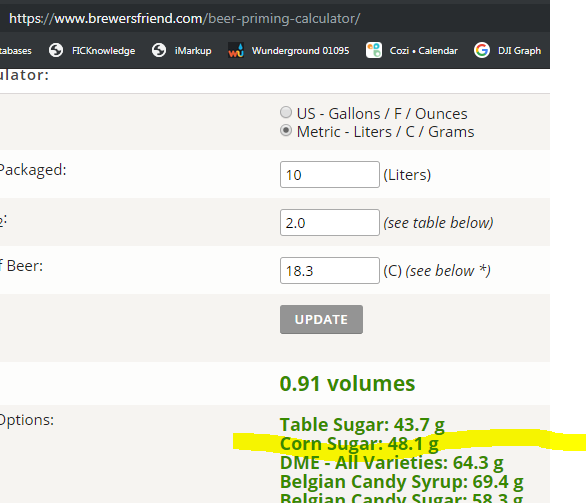Brew session posted here: https://www.homebrewtalk.com/forum/threads/my-first-biab-or-of-any-kind-brewing-session.667585/
The recipe told me to give it 3 weeks in the bottle, but a brewer friend of mine said it could be ready within 2 weeks, maybe even after a week, so being my first ever brew obviously I had to try one after a week!
A [not great] photo below... it's a pale ale so colour is about right, and tastes decent without being mind blowing, though definitely does need more carbonation so will wait another week before opening the next one... there is a little more yeast in the beer than I would want, but that was an issue with my siphoning that I know how to address for next time. But it does seem to be a 'not horrible" first ever attempt at brewing!
I'm wondering for my next brew if to try a stout (it's winter in my part of the world), or if that style would hide issues such as yeast in the beer (or any other minor issues) and it might be better going for something such as an IPA so I can better spot any issues to improve further?

The recipe told me to give it 3 weeks in the bottle, but a brewer friend of mine said it could be ready within 2 weeks, maybe even after a week, so being my first ever brew obviously I had to try one after a week!
A [not great] photo below... it's a pale ale so colour is about right, and tastes decent without being mind blowing, though definitely does need more carbonation so will wait another week before opening the next one... there is a little more yeast in the beer than I would want, but that was an issue with my siphoning that I know how to address for next time. But it does seem to be a 'not horrible" first ever attempt at brewing!
I'm wondering for my next brew if to try a stout (it's winter in my part of the world), or if that style would hide issues such as yeast in the beer (or any other minor issues) and it might be better going for something such as an IPA so I can better spot any issues to improve further?

Last edited:





